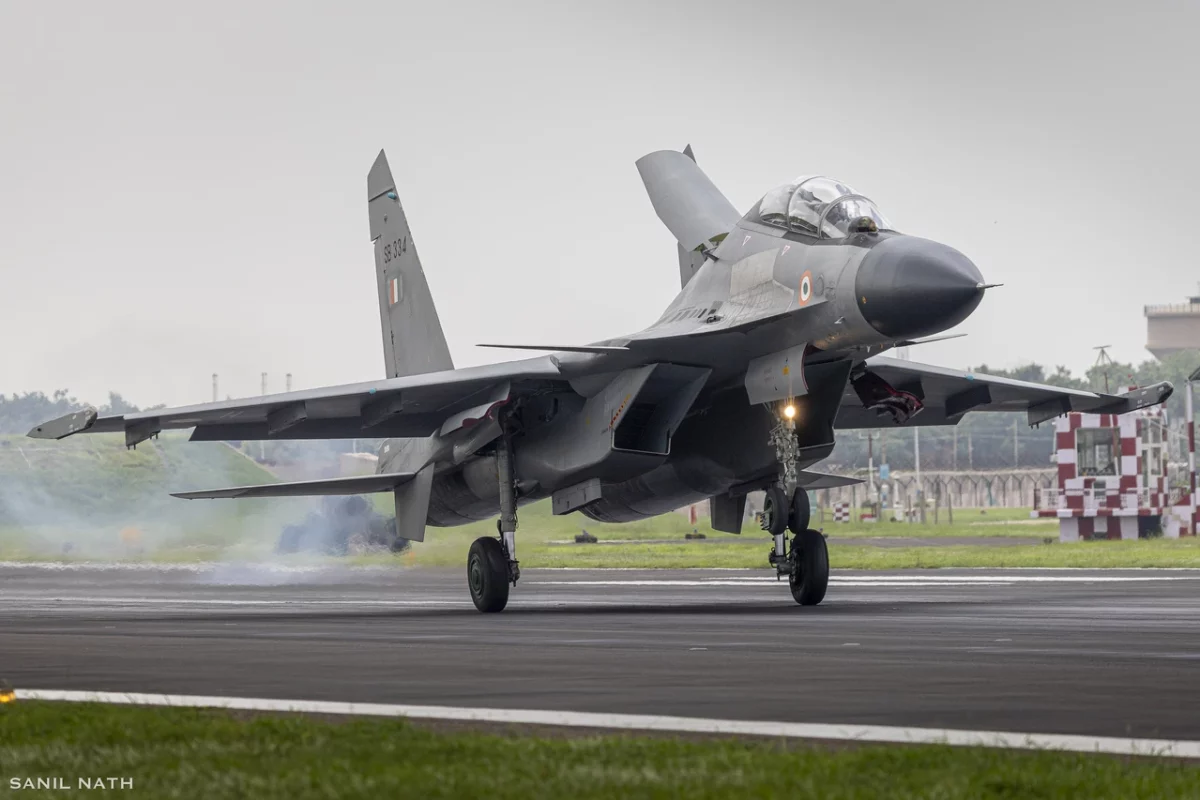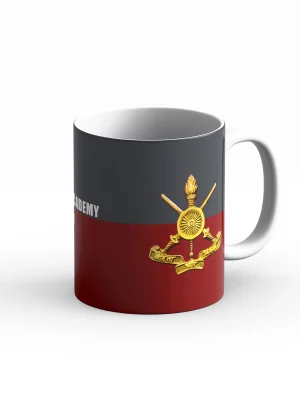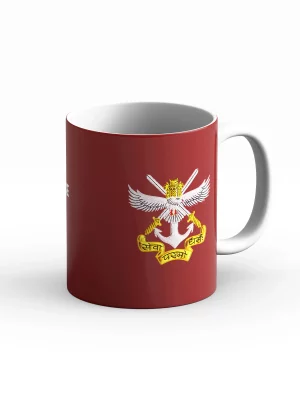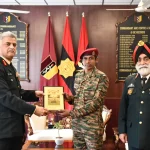Amid intensifying media speculation, Hindustan Aeronautics Limited (HAL) has officially downplayed reports suggesting that India is close to finalising an export deal to supply Su-30MKI multirole fighter jets to Armenia, reaffirming that no formal directive or communication has been received from the Ministry of Defence (MoD).
The renewed wave of speculation coincides with the recent inauguration of HAL’s new Light Combat Aircraft (LCA) manufacturing facility in Nashik, which many reports linked to a possible export production line. However, HAL officials have clarified that while India continues to explore new defence export opportunities, no agreement regarding Armenia has been confirmed or approved.
The Su-30MKI, jointly developed by Sukhoi (Russia) and HAL (India), forms the backbone of the Indian Air Force (IAF). Since 2000, over 220 aircraft have been assembled domestically, showcasing India’s ability to produce and sustain advanced combat aircraft at scale.
Reports of a potential $2.5–3 billion deal with Armenia have surfaced repeatedly in recent months, claiming negotiations were in advanced stages and deliveries could begin by 2027. However, neither the Indian nor Armenian governments have provided any official confirmation.
In response to growing media interest, MoD officials in Delhi stated that “multiple nations are in dialogue with India for potential defence collaborations,” but declined to disclose specifics or comment on deals that remain under discussion.
Strengthening Ties but No Fighter Deal Yet
India and Armenia have strengthened their defence partnership in recent years through the sale of Pinaka multi-barrel rocket launchers, Swathi weapon-locating radars, and ATAGS howitzers. These acquisitions underscore Yerevan’s pivot towards Indian defence systems amid Russia’s diminishing support and logistical challenges in the South Caucasus.
Armenia, which currently operates four Russian-origin Su-30SM fighters, has struggled with maintenance issues and limited access to compatible missiles — factors that have likely fuelled interest in the Su-30MKI, a more advanced and versatile variant featuring Indian and Western subsystems.
If realised, an export variant could reportedly include India’s indigenous Uttam AESA radar, Astra beyond-visual-range (BVR) missiles, and enhanced electronic warfare capabilities, significantly elevating Armenia’s air combat potential compared to legacy Russian platforms.
Regional and Industrial Implications
Security tensions in the South Caucasus, especially following Azerbaijan’s modernisation of its air force with JF-17C Block-III fighters supplied by Pakistan, add urgency to Armenia’s efforts to modernise its fleet. For India, such an export would mark a historic leap in its aerospace export ambitions, transitioning from subsystem sales to complete frontline combat aircraft.
However, HAL currently faces production capacity constraints. The company is executing 12 additional Su-30MKI orders for the IAF and preparing for the upcoming ‘Super Sukhoi’ upgrade programme, which aims to modernise existing fleets with advanced avionics, sensors, and mission systems.
Additionally, engine logistics remain a challenge. The Russian-made AL-31F engine, while reliable, is expensive and maintenance-intensive. HAL’s Koraput division is working to enhance domestic overhaul capabilities and explore long-term alternatives such as the AL-41F1S, which offers improved lifespan and reliability — key considerations for potential export customers.
Strategic and Diplomatic Context
For Armenia, a potential deal with India represents a move towards diversification and strategic autonomy, especially as Russia’s regional influence diminishes. For India, it could establish a strategic presence in the Caucasus and reinforce its emerging status as a global defence exporter aligned with trusted partnerships rather than bloc politics.
Yet, HAL’s consistent caution suggests that while preliminary interest and backchannel discussions may exist, no export contract has been formalised. Both HAL and MoD have maintained their stance that official confirmation would only come after formal intergovernmental agreement and export clearance.
Until then, the possibility of Su-30MKIs flying over Yerevan remains firmly within the realm of speculation, awaiting diplomatic, technical, and political alignment to take off.













